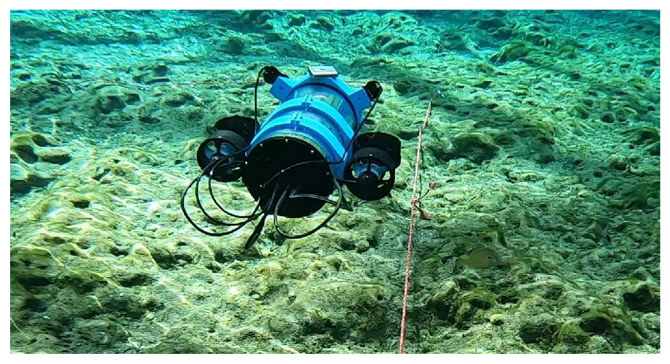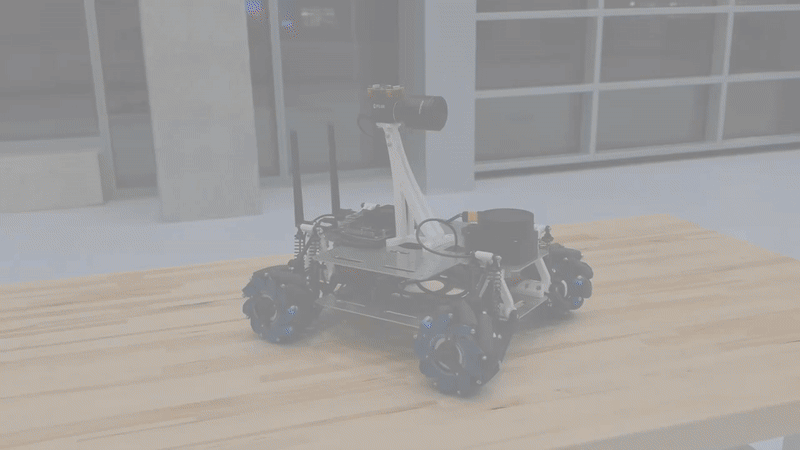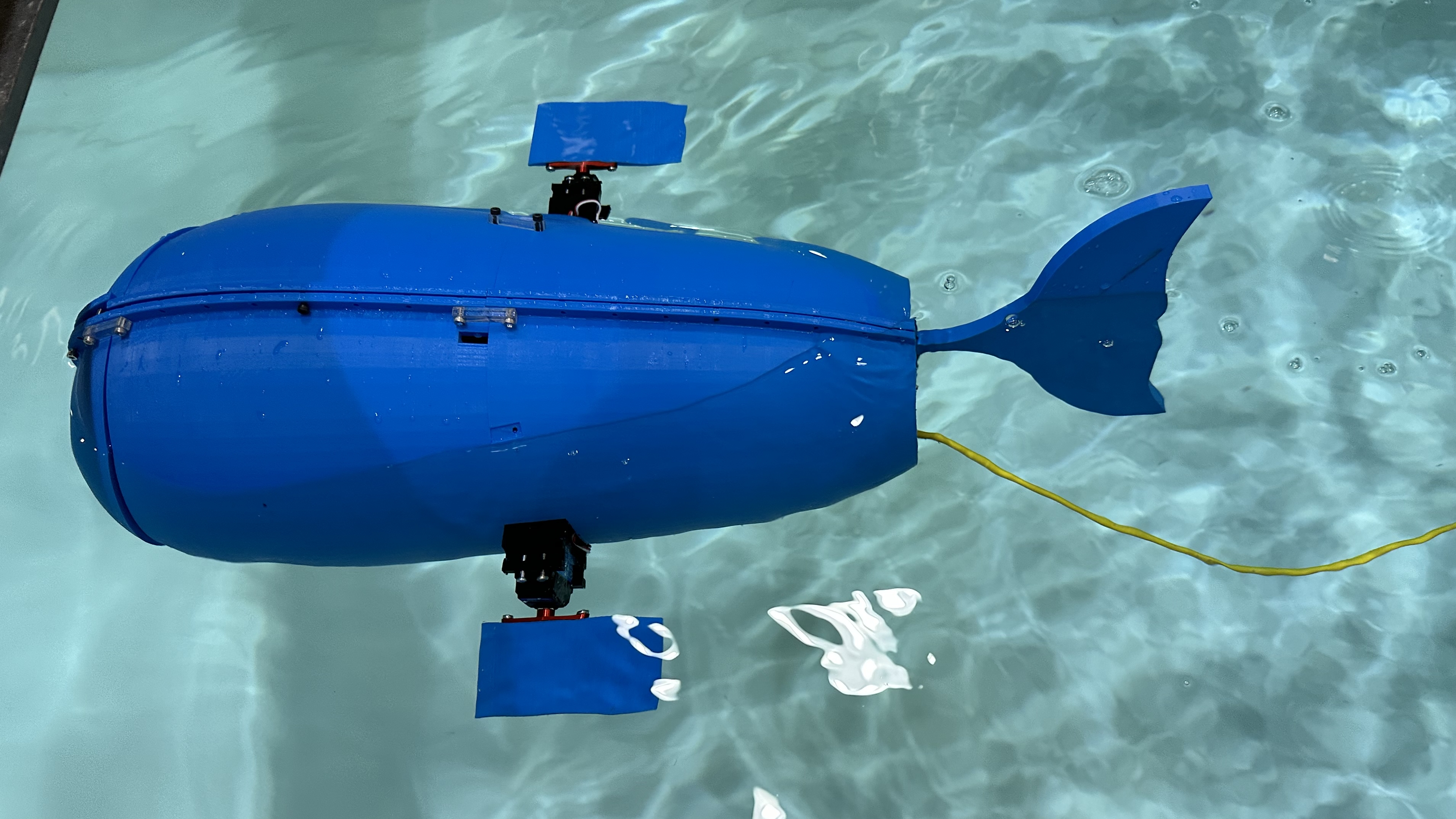RoboPI lab invests significant focus on scientific and engineering innovations toward autonomous and remotely operated robotic systems. Our goal is to design and develop improved systems for overcoming the challenges posed by field robotics such as remote and hostile environments, limited sensory feedback, and communication constraints. Here are a few selected projects that we completed in recent years!
CavePI
We developed a novel AUV (autonomous underwater vehicle) named CavePI for navigating underwater caves using semantic guidance from cavelines and other navigational markers. The compact design and 4-DOF (surge, heave, roll, and yaw) motion model enable safe traversal through narrow passages with minimal silt disturbance. Designed for single-person deployment, CavePI features a forward-facing camera for visual servoing and a downward-facing camera for caveline detection and tracking, effectively minimizing blind spots around the robot. A Ping sonar provides sparse range data to ensure robust obstacle avoidance and safe navigation within the caves. The computational framework is powered by two single-board computers: a Jetson Nano for perception, and a Raspberry Pi-5 for planning and control. We also present a digital twin of CavePI, built using ROS and simulated in an underwater environment via Gazebo, to support pre-mission planning and testing, providing a cost-effective platform for validating mission concepts. Project page

Rover Master

We develop Rover Master as a low-power and low-cost UGV platform that is portable and scalable for 2D navigation tasks. It includes a monocular RGB camera and a 2D LiDAR for exteroceptive perception. Four independent wheel assemblies are responsible for actuation; each wheel assembly is modular, consisting of a gearbox, a brushless DC motor, and a suspension system. It also includes a pseudo odometer that uses telemetry data from an electronic speed controller (ESC) which drives the motors. Unlike existing platforms like the TurtleBots, Rover Master is designed with an open and spacious chassis to facilitate easy adaptation to any single board computers (SBCs). We configured the platform to: (1) handle a general-purpose vision-language model and other computationally intensive tasks; (2) have enough mechanical stability to hold the camera in an elevated position without excess vibrations even on uneven surfaces; and (3) support 3-DOF motions (forward/backward, sideways and rotation), whereas most existing UGV systems have only 2-DOF (forward surge and twist rotation). Project Page

NemoGator
We are developing a biomimetic autonomous fish robot named NemoGator for underwater exploration. NemoGator mimics locomotion of the Carangiform fish model and offers control over three degrees of freedom (surge, pitch, and yaw). This robotic system, with a depth rating of 65 m, is designed positively buoyant which enables it to surface itself in the absence of control signals. Its senor suite features a forward-looking fish-eye camera, a downward-facing stereo camera system, a sonar, a depth sensor, and an IMU. We are also developing a digital twin of NemoGator on ROS to simulate in underwater environment in Gazebo for pre-mission testing and validation. More: Coming Soon!

Publications
- Y. Zhang, A. Abdullah, S. J. Koppal, and M. J. Islam. ClipRover: Zero-shot Vision-Language Exploration and Target Discovery by Mobile Robots . In Review, 2025.
- A. Gupta, A. Abdullah, X. Li, V. Ramesh, I. Rekleitis, and M. J. Islam. Demonstrating CavePI: Autonomous Exploration of Underwater Caves by Semantic Guidance . In Review, 2025.